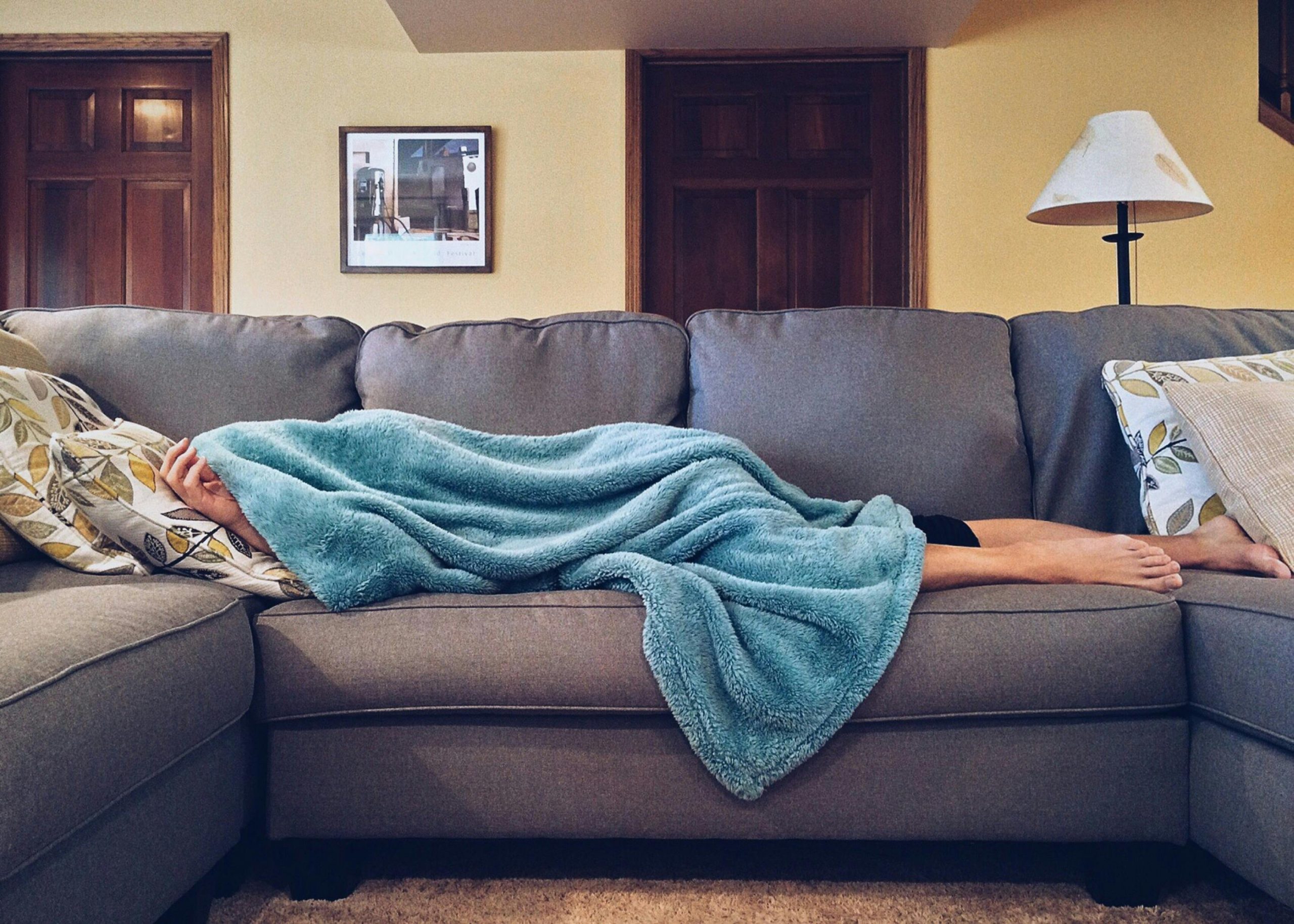Tapping Into Your Body’s Natural Rhythms To Reach Optimal Performance
Understanding and aligning with your body’s natural rhythms can be key to achieving optimal performance in various aspects of life. These rhythms, known as circadian rhythms, regulate everything from sleep-wake cycles to hormone release and energy levels. By tapping into these natural patterns, you can enhance your productivity, improve your health, and boost overall well-being.
1) The Science of Circadian Rhythms
Circadian rhythms are natural 24-hour cycles guiding essential bodily functions and maintaining balance within overall health. Moreover, these rhythms run in the background, ensuring critical processes occur consistently to support optimal daily performance. Additionally, the most recognised circadian rhythm is the sleep-wake cycle, which significantly influences energy and recovery. Furthermore, external factors such as light and temperature regulate and synchronise circadian rhythms with environmental patterns effectively. Ultimately, understanding circadian rhythms empowers individuals to align habits with natural cycles, enhancing health, sleep, and performance.
2) Endurance & Optimising Sleep for Better Performance
Sleep is a crucial component of circadian rhythms and plays a vital role in cognitive function, emotional regulation, and physical health. Poor sleep can lead to decreased concentration, impaired decision-making, and lower overall performance (Walker, 2017). To optimise sleep, aim for a consistent sleep schedule, create a restful environment, and limit exposure to screens before bedtime. These practices help align your sleep-wake cycle, ensuring you get restorative rest and wake up refreshed.
3) Endurance & Leveraging Peak Performance Times for Success
Understanding natural energy peaks and troughs enables people to schedule tasks efficiently and maximise overall productivity throughout the day. Moreover, most individuals reach peak alertness and mental performance during late morning hours, making it ideal for demanding, creative tasks. Conversely, energy levels often decline in early afternoon, causing reduced focus, slower performance, and potential drops in productivity. Furthermore, scheduling lighter activities or incorporating restorative breaks during this time supports recovery and sustained work effectiveness. Long story short, respecting body rhythms when planning tasks promotes efficiency, prevents burnout, and enhances long-term productivity and overall wellbeing.
4) Nutrition & Exercise for Optimal Body Rhythms
Eating in sync with circadian rhythms regulates metabolism, stabilises energy, and supports optimal physical and mental performance. Moreover, consuming meals consistently at regular times prevents lethargy and maintains balanced energy throughout the entire day effectively. Similarly, exercising during natural peaks in physical strength improves outcomes, enhances stamina, and reduces injury risk. Furthermore, aligning workouts with late afternoon or evening body rhythms maximises benefits and sustains long-term health. Ultimately, combining structured nutrition and exercise routines with circadian awareness promotes wellbeing, balance, and sustained daily performance naturally.
5) The Role of Light Exposure in Regulating Body Rhythms
Light acts as a primary regulator of circadian rhythms, directly influencing sleep quality, mood, and overall health. Moreover, natural daylight exposure during daytime hours enhances alertness, improves focus, and boosts overall mental and physical wellbeing. Additionally, reducing artificial light in the evening promotes healthier sleep cycles and supports restorative nightly recovery effectively. Furthermore, spending time outdoors, especially early in the morning, synchronises the body’s natural internal clock successfully. Ultimately, aligning daily routines with natural light patterns optimises performance, strengthens resilience, and enhances balanced living consistently.
6) Endurance in Managing Stress & Supporting Recovery
Chronic stress disrupts circadian rhythms, reducing focus, lowering energy, and negatively affecting overall human performance. Additionally, practising mindfulness, meditation, and breathing techniques helps individuals reduce stress effectively and maintain healthy circadian rhythm. Moreover, incorporating relaxation activities daily allows the body to restore balance and function at optimal capacity. Equally, ensuring adequate recovery supports both physical restoration and emotional stability during challenging and demanding situations. Furthermore, sleep plays a vital role in repairing the body and strengthening natural endurance levels. Importantly, regular breaks and mental downtime protect against burnout, enhancing productivity and sustaining performance consistently. Ultimately, prioritising recovery and stress management empowers individuals to thrive, achieve goals, and maintain overall wellbeing.
Final Thoughts on Endurance
Therefore, aligning with your body’s rhythms supports optimal performance while nurturing wellbeing, productivity, and overall life satisfaction. Additionally, embracing these natural patterns improves sleep quality, reduces stress levels, and strengthens both physical and emotional health. Moreover, understanding your internal clock empowers you to manage energy effectively and achieve balance in daily routines. Consequently, living in harmony with natural rhythms enhances resilience and fosters sustainable long-term success across different life areas. Ultimately, valuing your body’s natural timing allows you to thrive, grow, and maintain a fulfilling lifestyle consistently.
Written by Abigail Church
If you think that you can benefit from professional support on this issue you can reach out here.
Abigail Church is a Humanistic Integrative Counsellor who works with adults and children through counselling with Willingness. She can be contacted on abigail@willingness.com.mt or call us on 79291817.
References
- Czeisler, C. A., & Buxton, O. M. (2012). The human circadian timing system and sleep-wake regulation. In T. E. Scammell, J. E. Raper, & T. J. McCarley (Eds.), Sleep Disorders Medicine (pp. 1-23). Springer.
- Kabat-Zinn, J. (2015). Wherever You Go, There You Are: Mindfulness Meditation in Everyday Life. Hachette UK.
- Roenneberg, T., & Merrow, M. (2016). The circadian clock and human health. Current Biology, 26(10), R432-R443. https://doi.org/10.1016/j.cub.2016.04.011
- Scheer, F. A., Hilton, M. F., Mantzoros, C. S., & Shea, S. A. (2009). Adverse metabolic and cardiovascular consequences of circadian misalignment. Proceedings of the National Academy of Sciences, 106(11), 4453-4458. https://doi.org/10.1073/pnas.0808180106
- Walker, M. (2017). Why We Sleep: Unlocking the Power of Sleep and Dreams. Scribner.
- Wright, K. P., Jr., McHill, A. W., Birks, B. R., Griffin, B. R., Rusterholz, T., & Chinoy, E. D. (2013). Entrainment of the human circadian clock to the natural light-dark cycle. Current Biology, 23(16), 1554-1558. https://doi.org/10.1016/j.cub.2013.06.039







